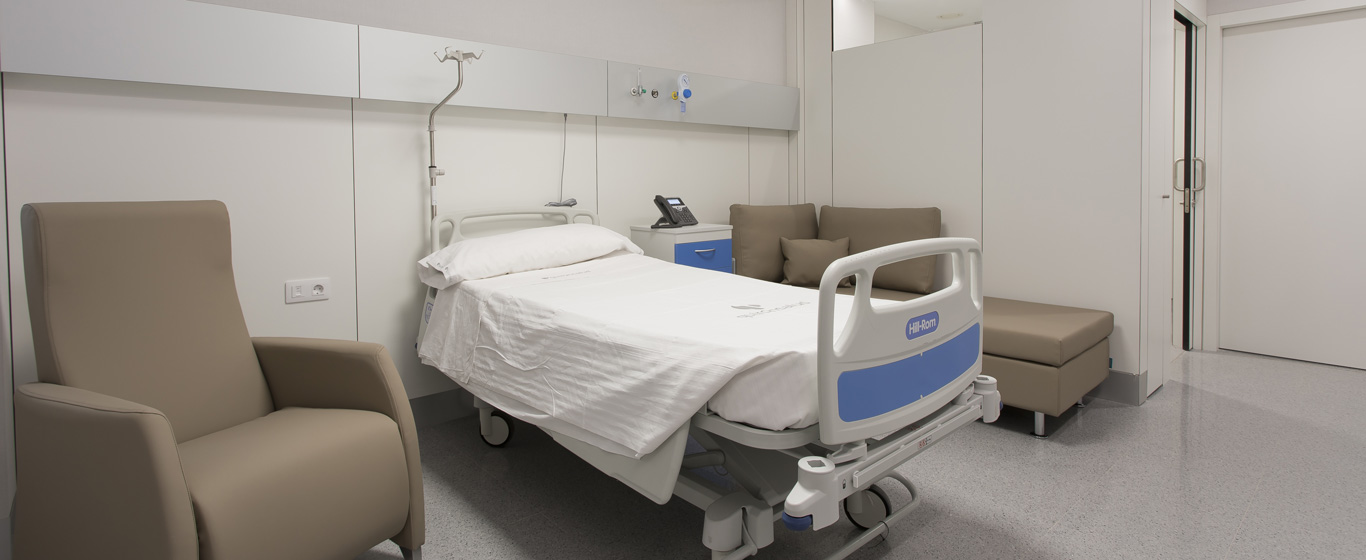Campimetry
Campimetry is an ophthalmological test used to analyze the state of the visual field and detect possible lesions that may limit it. Today, different procedures are available to perform this test.

General Description
Campimetry or perimetry is an ophthalmological procedure that evaluates a person’s visual field. This test measures both central and peripheral vision and can detect asymptomatic conditions that may compromise the patient’s visual health.
There are different techniques to perform a visual field test:
- Computerized or static campimetry: A computer generates light impulses at different points while tracking the patient’s eye movements and comparing them to those of individuals without visual impairments.
- Goldmann, kinetic, or dynamic campimetry: A device emits lights in various locations, and the patient presses a button when they perceive them.
- Confrontation campimetry: The patient’s visual capacity is compared with that of the examiner.
It is common to perform perimetry during routine visual health check-ups, as well as for diagnosing diseases such as glaucoma or retinitis pigmentosa and monitoring their progression after treatment.
When is it indicated?
Campimetry is performed on healthy patients undergoing an ophthalmological examination to determine their peripheral vision capacity or the presence of blind spots in their visual field.
Additionally, it is conducted on patients with symptoms suggestive of various vision disorders, mainly: glaucoma, optic nerve drusen, retinal vascular diseases, optic nerve inflammation, or brain tumors affecting vision.
How is it performed?
The perimetry procedure varies slightly depending on the type performed:
- Static campimetry: The patient sits in front of the electronic device, placing their forehead and chin on designated supports to ensure proper eye positioning for the study. They then focus on a fixed point with one eye while the other remains closed. When light beams appear at different locations on the screen, the patient must follow them with their eye so the device can record movements.
- Dynamic campimetry: The procedure is similar to static campimetry, except the patient must press a button each time they see a light on the screen.
- Confrontation campimetry: The specialist places an object outside the patient’s field of vision and moves it until the patient perceives it. In this case, the assessment considers whether the examiner sees the object before the patient does.
The test is performed on each eye separately, not on both simultaneously. For individuals with concentration difficulties, such as elderly patients or children, it is possible to schedule a perimetry test for each eye on different days.
Risks
Campimetry is a test that poses no risk to the patient.
What to expect from a campimetry test
Campimetry is a procedure that takes approximately 15 minutes when performed on both eyes. It is a non-invasive and painless test. Once completed, patients can resume their normal activities without requiring rest or medication.
The examination room is usually dimly lit to minimize external stimuli. Proper head positioning is crucial, as incorrect posture can alter the results. For this same reason, in dynamic campimetry, the patient must press the button as soon as they detect the light, without delays.
The specialist explains the results during the same consultation. If they indicate an altered visual field, a treatment plan is established, and in some cases, additional tests are requested.
Medical specialties that request campimetry
Campimetry is primarily an ophthalmology procedure, although neurology may also request it in cases of brain tumors.
How to prepare
No prior preparation is required for campimetry. Pupillary dilation is not necessary for this procedure.
It is possible, and even recommended for patients with high myopia, to undergo the test while wearing contact lenses.


































































































